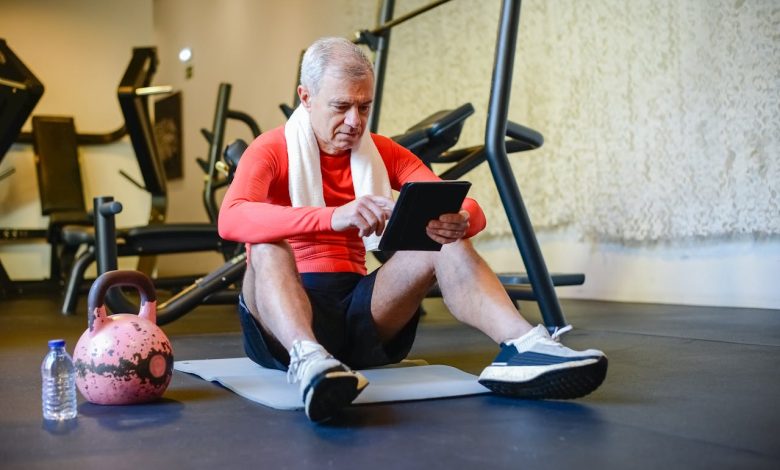How to Track Your Fitness Progress Effectively

Tracking your fitness progress is essential for staying motivated and achieving your health goals. Whether you’re aiming to lose weight, build muscle, improve endurance, or enhance flexibility, monitoring your progress helps you identify what’s working and make adjustments when needed. In this blog, we’ll explore practical and effective ways to track your fitness journey.
1. Set Clear and Measurable Goals
The first step in tracking fitness progress is establishing clear, measurable goals. Instead of vague objectives like “get fit,” define specific targets such as losing 10 pounds, running a 5K, or performing 10 pull-ups. Use the SMART criteria—Specific, Measurable, Achievable, Relevant, and Time-bound—to create actionable goals.
2. Keep a Fitness Journal
A fitness journal is a simple yet powerful tool for tracking progress. Record details such as workout routines, duration, intensity, and how you feel afterward. This not only helps you monitor improvements but also allows you to identify patterns, such as which workouts yield the best results.
3. Use Fitness Apps and Technology
Modern fitness apps and wearable devices make tracking progress easier than ever. Apps like MyFitnessPal, Strava, and Fitbit allow you to monitor calories, workouts, and physical activity. Wearable devices track metrics like steps, heart rate, sleep patterns, and calories burned, providing a comprehensive view of your fitness journey.
4. Take Body Measurements
Tracking changes in your body measurements is an excellent way to monitor physical progress. Use a tape measure to record the circumference of key areas such as your waist, hips, chest, arms, and thighs. Repeat measurements monthly to identify trends and improvements.
5. Monitor Your Weight (But Don’t Overdo It)
While weight is a common metric for tracking fitness, it’s important to view it as one part of a bigger picture. Weight can fluctuate daily due to factors like water retention and hormonal changes, so weigh yourself no more than once a week. Combine weight tracking with other methods for a more accurate assessment of progress.
6. Take Progress Photos
Visual progress can be incredibly motivating. Take photos from multiple angles (front, side, and back) at regular intervals, such as every two weeks. Over time, these photos can reveal changes in muscle tone, posture, and body composition that may not be evident on the scale.
7. Track Performance Metrics
Improving your fitness isn’t just about appearance—it’s also about getting stronger, faster, and more capable. Track performance metrics such as the amount of weight lifted, the number of reps or sets completed, running speed, or distance covered. Seeing tangible improvements in your performance is a great motivator.
8. Use Heart Rate as a Guide
Monitoring your heart rate during workouts can help gauge intensity and track cardiovascular improvements. Use a heart rate monitor or smartwatch to check your resting heart rate and track how quickly it recovers after exercise. A lower resting heart rate often indicates improved cardiovascular fitness.
9. Evaluate Flexibility and Mobility
Flexibility and mobility are key components of overall fitness, especially as you age. Track your ability to perform stretches, yoga poses, or functional movements. Notice improvements in range of motion or reduced stiffness over time.
10. Schedule Regular Fitness Assessments
Periodic fitness assessments can provide a comprehensive view of your progress. These can include strength tests, body fat analyses, or VO2 max measurements. Many gyms and personal trainers offer these services to help you understand how far you’ve come and what adjustments may be needed.
11. Celebrate Small Wins
Tracking fitness progress isn’t just about reaching your end goal—it’s about celebrating the journey. Acknowledge and reward small victories, whether it’s running a longer distance, lifting heavier weights, or simply sticking to your routine consistently.
12. Adjust Your Plan as Needed
As you track your progress, you may find areas that require adjustments. For example, if weight loss stalls or muscle growth plateaus, modify your workout routine, calorie intake, or rest days. Being flexible and adaptive is key to long-term success.
Final Thoughts
Tracking your fitness progress is a dynamic and ongoing process. By setting clear goals, using the right tools, and regularly evaluating your performance, you can stay motivated and make informed decisions about your fitness journey. Remember, progress isn’t always linear, and every small step forward is a step closer to your ultimate goal.



